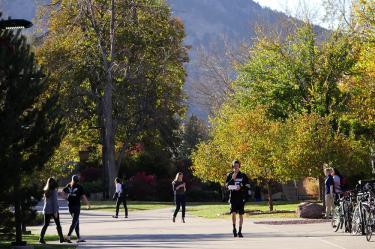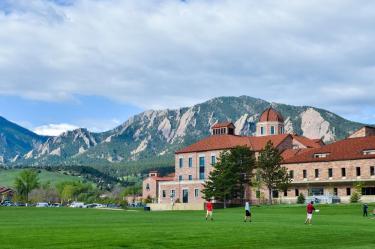Blood Money
We use dramatic growth in plasma centers between 2014 and 2021 to study the causal effect of the ability to donate plasma on household financial well-being. We find that plasma donation absorbs demand for non-bank credit. Plasma donors tend to be younger and less educated with lower incomes, savings, and credit scores; they also report less access to traditional bank credit. The opening of a nearby plasma center reduces demand for payday and installment loans by 6.5% and 8.1%, respectively, with larger effects on younger borrowers. Meanwhile, foot traffic increases by 7-10% at both essential and non-essential goods establishments when a new plasma center opens nearby. Our findings suggest that households use discretionary income from plasma centers to smooth consumption without appealing to high-cost debt.
Read more at SSRN.







